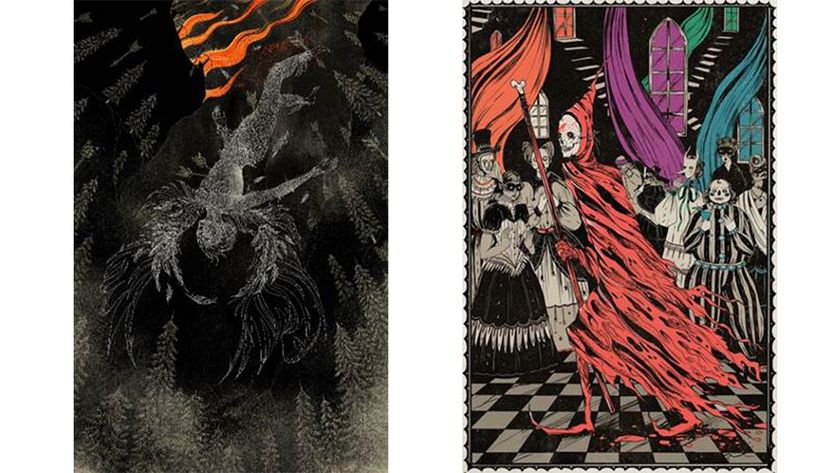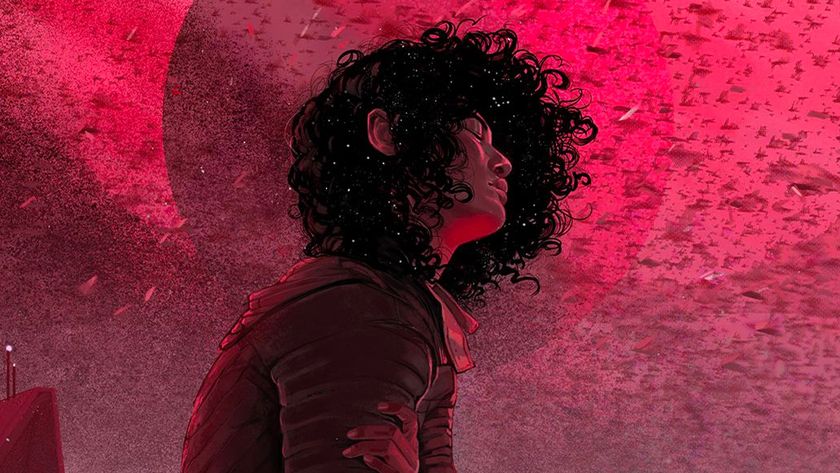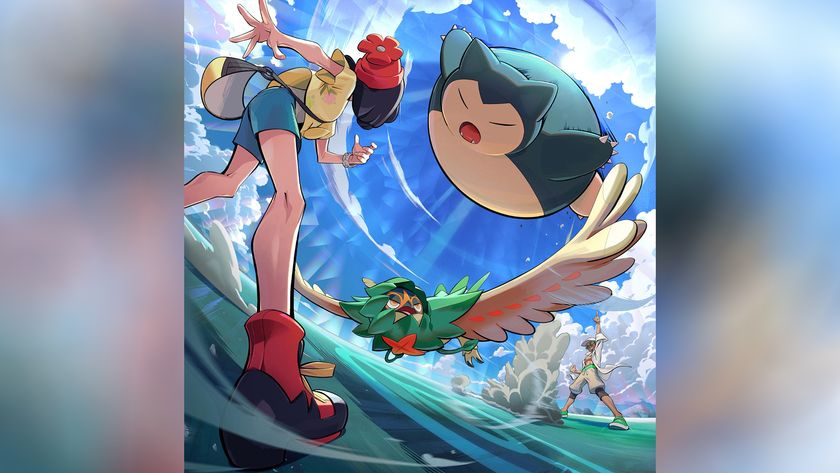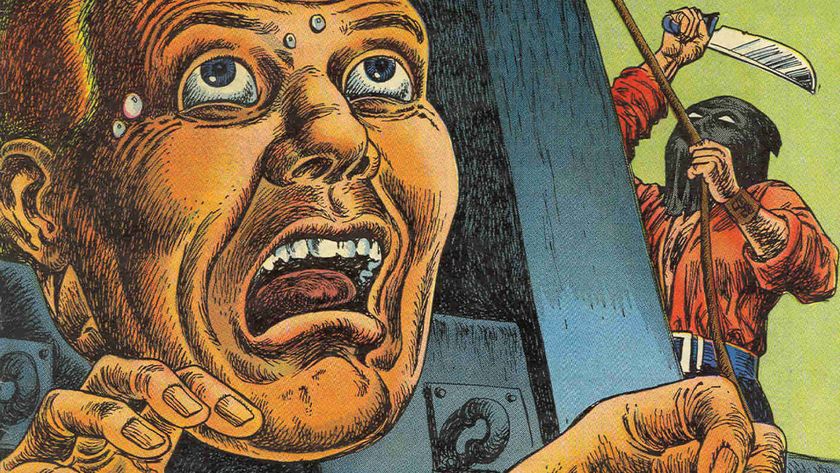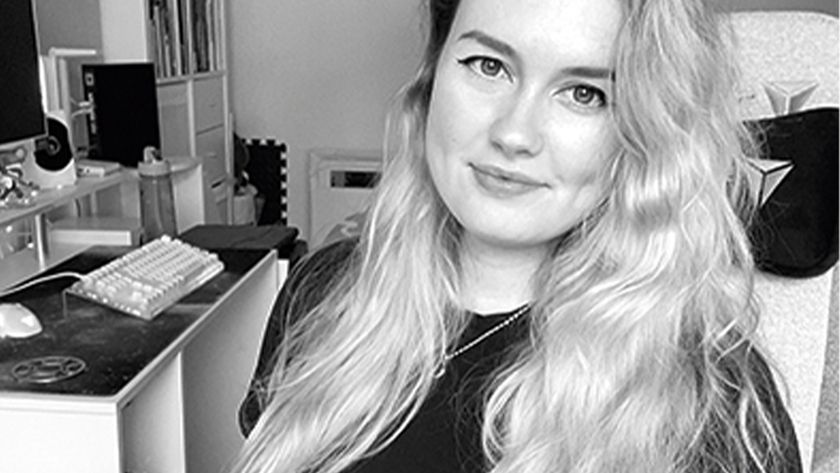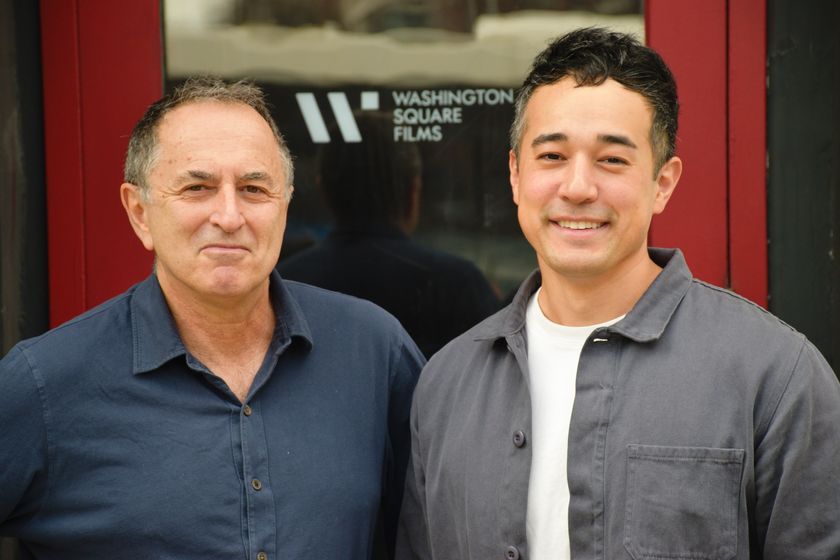Why designers need to talk about money
The AOI's Ren Renwick says we should take more interest in fees and rights.

Every day at the Association of Illustrators (AOI) we talk money – how to make it and, in particular, how to ask for it. Through those conversations with members and colleagues, what is particularly striking is how many creative freelancers subscribe to the self–fulfilling prophecy of being a person who finds dealing with money just all too awkward and difficult.
If we want a career in the industry we love – indeed, if we want an industry at all – we’ve got to get over this issue now. We’ve got to stop talking about our fees (and contracts) as if they are an area of freelance work that doesn’t benefit from a thorough understanding and a degree of willingness to keep ourselves updated.
Licensing know-how
Within illustration, artwork is licensed. Licensing is a win-win situation – the client pays for what territory they need (from single country to global), how it is being used (a brochure or billboard, for instance) and for how long (one year, three years, and so on). Budgets – and fees – will vary hugely.
Licensing means that the illustrator’s fee is proportionate to the overall investment the commissioner is making.

For example, budgets for a print advertising campaign will, by necessity, be far larger than for a social media campaign, and fees will scale as well. While it can be hard outside of the world of global brands to comprehend the scale of budgets involved in commissioning, it can also be easy to assume all commissioners have deeper pockets than they do.
Base fees on usage, not time
What is key, then, is to price your work correctly and then negotiate either on usage rights or on the fee. And that’s why trying to sell creative work based on a time-related rate (hour/day rate) is not appropriate.
It’s not about the time, it’s about the image’s usage
Ren Renwick
An image for a large campaign might take several days but be worth thousands of dollars, for example, so if priced on a time rate the illustrator could receive a fraction of that.
Get the Creative Bloq Newsletter
Daily design news, reviews, how-tos and more, as picked by the editors.
Then again, you might spend a week doing a half-page editorial image, but the fee may be less than what you might charge for a five-day ‘day rate’ job. It’s not about the time, it’s about the image’s usage.
Don't be awkward about getting paid
If you price your work based on sound calculations, and state the fee with confidence, then there is no awkwardness. It is a transaction.
If you simply can’t bring yourself to negotiate your fees and contracts, ask someone to do it for you. Whoever it is – yourself or someone else – they must have the expertise to understand how to price it correctly.
This is one of the many benefits of being represented by an agent, but if you are not represented you can always get support from the AOI. The AOI advises on many significant commissions for very large clients, supporting illustrators to price their work appropriately.
At the end of the day, why are we doing creative work? An element is the pleasure of course, but it’s also to generate income. And it’s fine to luck out by being paid to do what you love! That doesn’t mean you should waive your fee, or reduce it – it just means you should keep abreast of the business side of work as much as the creative side.
This article originally appeared in Computer Arts magazine issue 267. Buy it here.
Related articles:

Thank you for reading 5 articles this month* Join now for unlimited access
Enjoy your first month for just £1 / $1 / €1
*Read 5 free articles per month without a subscription

Join now for unlimited access
Try first month for just £1 / $1 / €1
